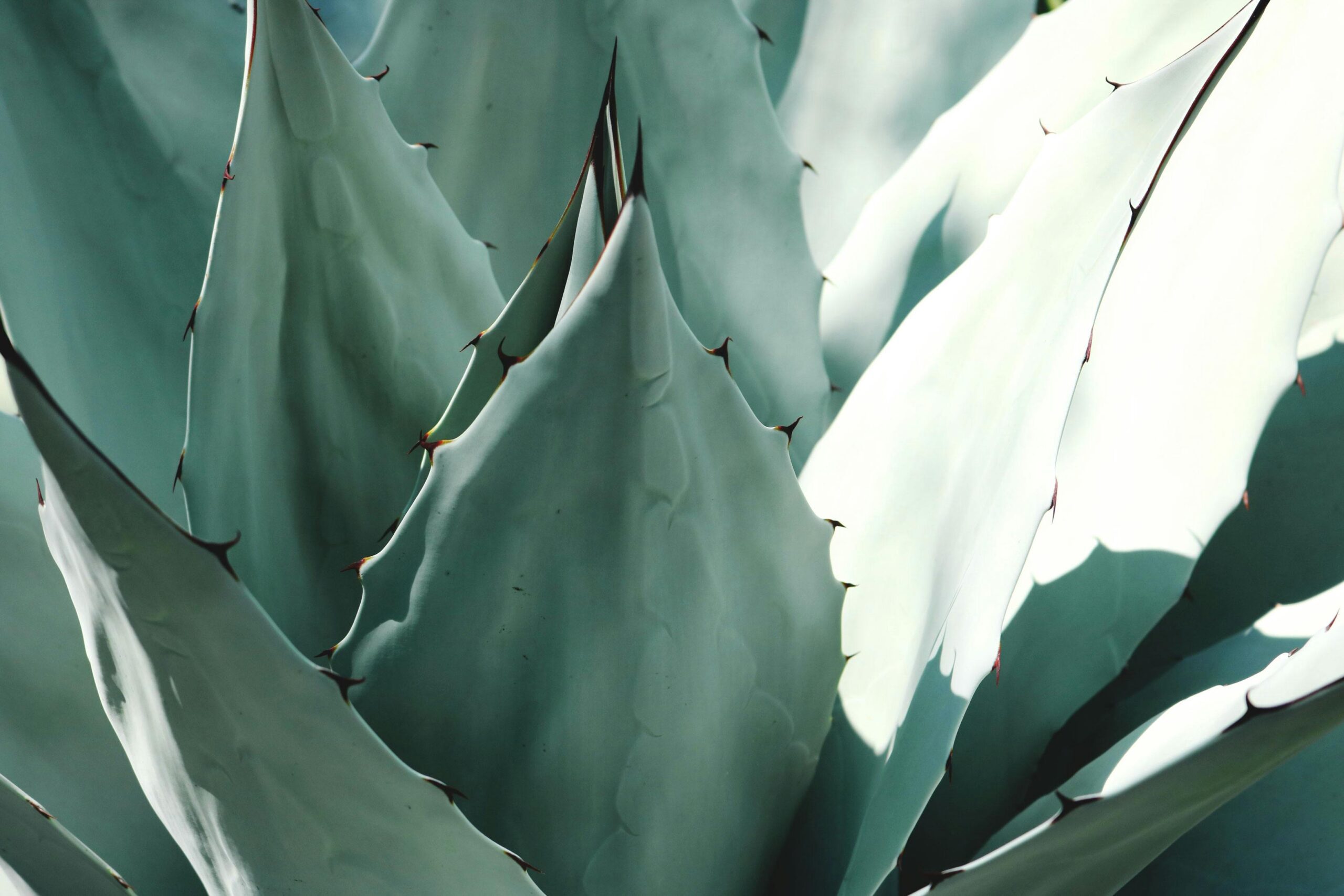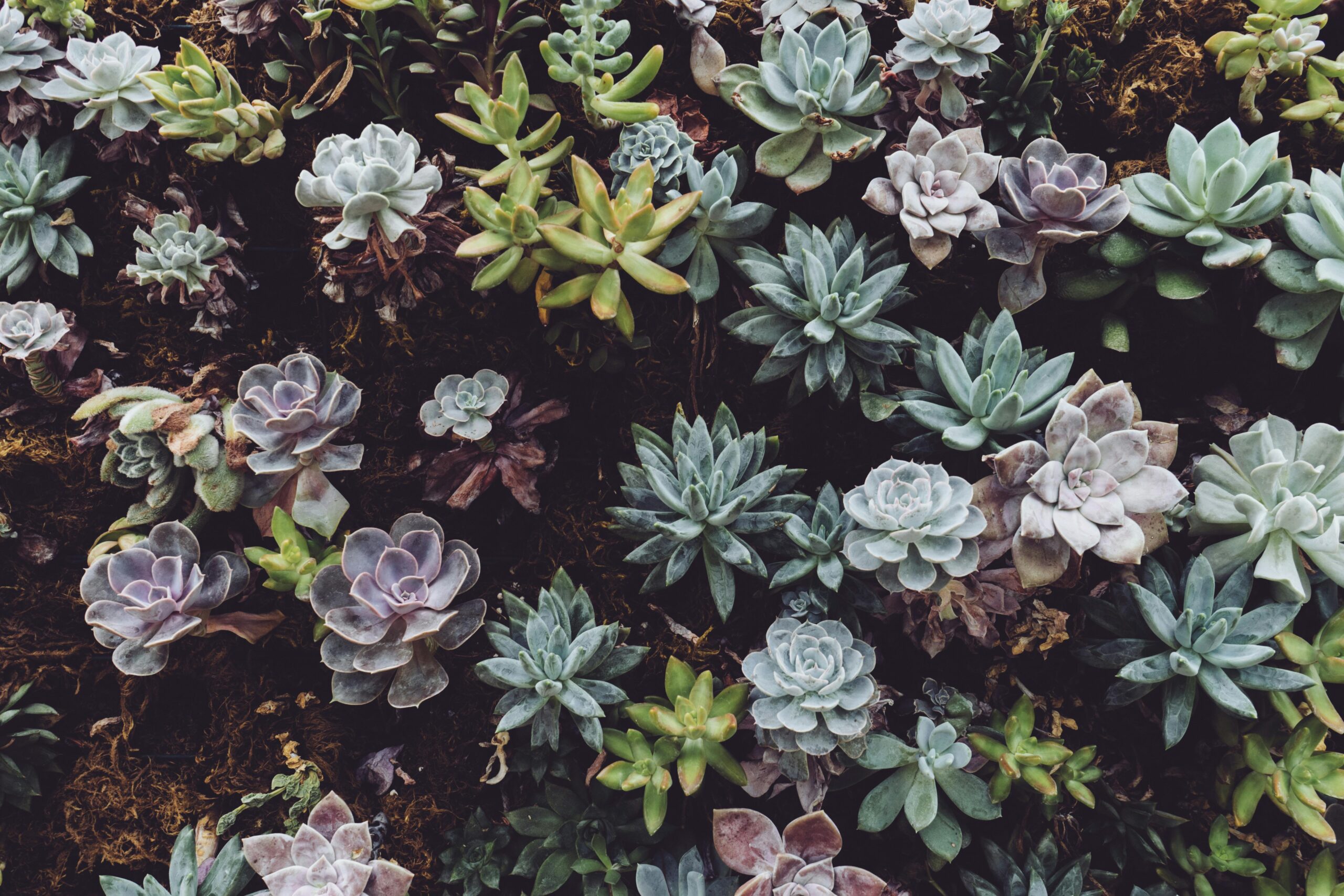Have you wondered how you can manage Nopal cactus in flood-prone areas? Nopal cactus, also known as prickly pear, can be an excellent addition to your garden, but managing it in areas susceptible to flooding can be challenging. Fear not! This guide is here to help you understand how to care for Nopal cactus in these conditions.
Understanding Nopal Cactus
Nopal cactus is a type of succulent that thrives in arid and semi-arid conditions. It is known for its resilience and ability to store water in its pads. While it is hardy, it still needs special care when planted in flood-prone areas.
Characteristics of Nopal Cactus
The Nopal cactus has several unique features that make it stand out among other plants. Its ability to store water, thick pads, and vibrant flowers are just a few of its notable characteristics.
Key Features
| Feature | Description |
|---|---|
| Water Storage | Stores water in its pads for dry periods |
| Thick Pads | Helps reduce water loss |
| Vibrant Flowers | Adds aesthetic value to gardens |
| Spines and Glochids | Offer protection against herbivores |
| Resilience | Can adapt to varying soil and light conditions |
Understanding these features can help you manage the Nopal cactus better, especially in challenging environments.
Challenges of Flood-prone Areas
Flood-prone areas present a unique set of challenges for any plant, and Nopal cactus is no exception. These areas often deal with excessive water, poor drainage, and unpredictable weather patterns.
Excessive Water
Nopal cactus is not accustomed to large amounts of water. Excessive water can lead to root rot, fungal growth, and other issues that can impede the plant’s health.
Poor Drainage
Flood-prone areas often suffer from poor drainage, which means water takes a long time to evaporate or be absorbed into the soil. This can leave your Nopal cactus sitting in water for extended periods, something it’s not designed to handle.
Unpredictable Weather Patterns
Frequent and sudden changes in weather can stress the plant. One moment it might be dry, and the next, torrential rain could flood the area.

Managing Nopal in Flood-prone Areas
Choosing the Right Location
When planting Nopal cactus in flood-prone areas, it’s crucial to choose an elevated spot. This makes it easier for water to drain away and reduces the chances of waterlogging.
Preparing the Soil
Proper soil preparation is essential for the health of your Nopal cactus. The soil must be well-draining, which you can achieve by mixing sand, gravel, and organic matter.
Soil Composition
| Component | Percentage | Role |
|---|---|---|
| Sand | 40% | Enhances drainage |
| Gravel | 30% | Prevents compacting |
| Organic Matter | 30% | Provides nutrients and improves structure |
Raising Beds
Raising the beds where you plan to plant your Nopal cactus can significantly help manage water levels. Raised beds elevate the plant above the flood level, providing better drainage and reducing water retention in the root area.
Implementing Drainage Systems
Installing a proper drainage system can help manage excess water. Systems such as French drains, swales, or even simple ditches can effectively channel water away from the plant rooting area.
Types of Drainage Systems
| System Type | Description |
|---|---|
| French Drain | Gravel-filled trench with a perforated pipe |
| Swales | Shallow, grassy channels to redirect water |
| Ditches | Simple open ditches to guide water away |
Planting Process
Selecting Healthy Pads
The first step in planting Nopal cactus is to select healthy pads. A healthy pad is free from disease, pests, and physical damage.
Planting Time
The best time to plant Nopal cactus is during the dry season. This allows the plant to establish roots before the onset of the rainy season, making it more resilient to flooding.
Planting Depth
Plant the Nopal pads at a shallow depth, just enough for the base to touch the soil. This reduces the chances of waterlogging and root rot.
Initial Watering
While Nopal cactus can store water, initial watering helps establish the roots. However, be cautious not to overdo it, as excessive water can harm the plant.

Maintenance and Care
Regular Inspections
Regular inspections help in identifying issues like pests, diseases, or waterlogging before they become serious problems.
Pruning
Pruning helps in maintaining the plant’s shape and removing any damaged or diseased parts. This not only keeps the plant healthy but also improves its overall appearance.
Mulching
Applying a layer of mulch around the base of the cactus can help retain moisture during dry periods and suppress weed growth. Just ensure the mulch is not touching the cactus pads to prevent rot.
Fertilization
While Nopal cactus doesn’t require frequent fertilization, a balanced, slow-release fertilizer can provide essential nutrients that may be lacking in flood-prone soils.
Handling Excess Water and Flooding
Immediate Actions
If your area experiences sudden flooding, taking immediate action can save your Nopal cactus. Quickly diverting water away from the planting area reduces the risk of prolonged waterlogging.
Long-term Solutions
For areas frequently affected by flooding, consider implementing long-term solutions like building robust drainage systems or even relocating the Nopal cactus to a less flood-prone area.

Common Problems and Solutions
Root Rot
Root rot is one of the most common issues Nopal cactus faces in wet conditions. It is caused by prolonged exposure to waterlogged soil.
Prevention and Treatment
To prevent root rot, ensure proper drainage and avoid overwatering. In case of root rot, removing affected parts and treating the plant with fungicides can help.
Fungal Infections
Excess moisture can lead to fungal infections. These infections manifest as discoloration, spots, or patches on the cactus pads.
Prevention and Treatment
Keep the plant dry and provide good air circulation. Treat fungal infections with appropriate fungicides and remove affected pads to prevent the spread.
Pest Infestations
Pests such as aphids and mealybugs can be attracted to stressed plants, including those in flood-prone areas.
Prevention and Treatment
Regular inspections can help you catch pest infestations early. Use insecticidal soap or neem oil to treat infestations and remove severely affected parts.
Advantages of Growing Nopal Cactus in Flood-prone Areas
Despite the challenges, growing Nopal cactus in flood-prone areas has its advantages. The cactus can help stabilize soil, prevent erosion, and provide a reliable food source.
Soil Stabilization
Nopal cactus has a robust root system that can help stabilize soil and prevent erosion, making it beneficial for flood-prone areas.
Erosion Control
The root system also helps in controlling erosion by holding the soil together, reducing the impact of water flow on the landscape.
Food and Medicinal Uses
Nopal cactus is not only resilient but also useful. Its pads and fruits are edible and packed with nutrients. Additionally, it has been used in traditional medicine for various treatments.

Long-term Care and Sustainability
Regular Monitoring
Regular monitoring helps in keeping the cactus healthy and addressing any issues promptly. This includes checking for pests, diseases, and assessing the effectiveness of your drainage systems.
Sustainable Practices
Implementing sustainable practices like water harvesting, using organic fertilizers, and integrating pest management can contribute to the long-term health of your Nopal cactus.
Seasonal Care
Different seasons require different care routines. For example, more attention to drainage during the rainy season and protective measures during extreme weather conditions.
Final Thoughts
Managing Nopal cactus in flood-prone areas requires a blend of preventive measures and responsive actions. By choosing the right location, preparing the soil adequately, and maintaining regular care, you can enjoy the benefits of this resilient plant even in challenging conditions. Remember, the key to success lies in understanding the unique requirements of Nopal cactus and adapting your care routine accordingly.
By following these guidelines, you can ensure that your Nopal cactus not only survives but thrives, adding beauty and utility to your garden despite the challenges posed by flood-prone areas.


